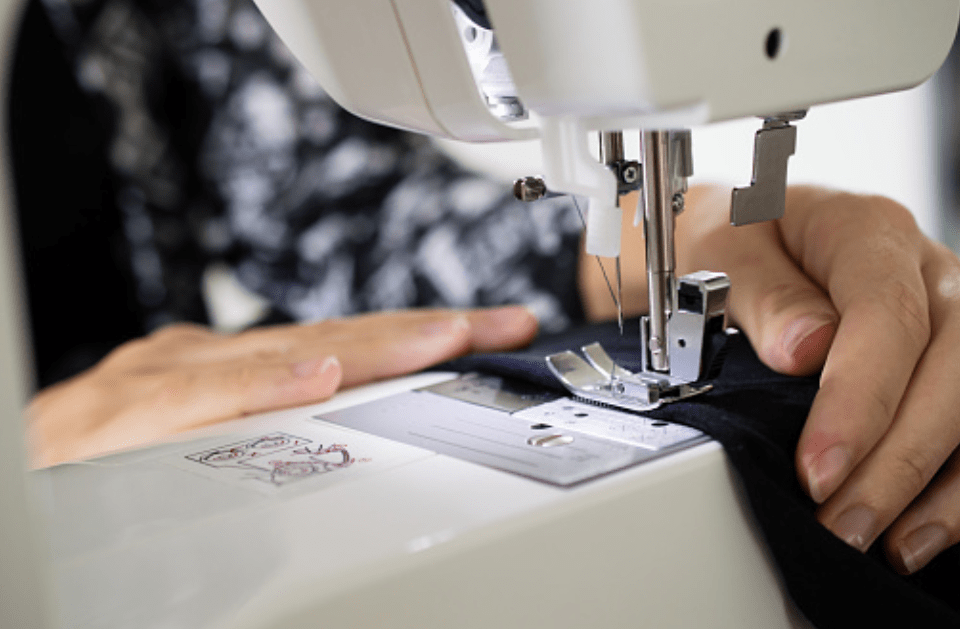
The price of hemp and linen fabrics has risen significantly in recent years, making these eco-friendly materials more expensive than ever before. As consumers become more conscious about sustainability, the demand for natural fibers like hemp and linen has skyrocketed, leading to price surges. But what exactly is causing the increase, and how does it affect the fabric industry? In this article, we explore the potential health benefits of hemp fabric, compare it to other materials, and delve into the future trends of fabric pricing.
The Unique Health Benefits of Hemp Clothing
1.Hypoallergenic Properties
Hemp fabric is naturally hypoallergenic, making it ideal for individuals with sensitive skin or allergies. While synthetic fabrics often contain chemicals or dyes that can irritate the skin, hemp is chemical-free and gentle. This property makes it a great option for those looking to avoid skin irritations.
2.UV Protection
Hemp fabric provides excellent UV protection, shielding the skin from harmful rays. Compared to materials like cotton or polyester, hemp has a higher UPF (Ultraviolet Protection Factor), meaning it can block more UV radiation. This makes hemp an excellent choice for outdoor wear, offering natural sun protection without the need for chemical additives.
3.Antimicrobial Qualities
Hemp has natural antimicrobial properties, which means it can resist bacteria and mold growth. This is particularly beneficial for clothing, as it helps keep garments fresher for longer, reducing the need for frequent washing. The antimicrobial nature of hemp makes it an ideal material for activewear, where sweat and bacteria can often become an issue.
4.Breathability and Moisture-Wicking
One of hemp’s standout qualities is its breathability. It allows air to circulate freely, keeping the wearer cool in warm conditions. Additionally, hemp fabric wicks away moisture, absorbing sweat and helping to regulate body temperature. This makes hemp clothing particularly comfortable in humid or hot climates.
5.Biodegradability and Sustainability
Hemp is one of the most sustainable textiles available. It requires fewer resources such as water and pesticides compared to cotton, making it an eco-friendly choice. Plus, hemp fabric is biodegradable, meaning it won’t contribute to landfill waste when it eventually breaks down.
Hemp vs. Other Fabrics: Why Choose Hemp?
When comparing hemp to other fabrics, especially synthetic ones like polyester or even natural ones like cotton, it becomes clear why the demand for hemp is increasing:
1.Durability
Hemp is one of the strongest and most durable natural fibers available. It is resistant to wear and tear, meaning hemp garments can last longer than those made from cotton or linen. In fact, hemp clothing often becomes softer with each wash, improving comfort over time without losing its strength.
2.Environmental Impact
Unlike cotton, which is known for its high water consumption and use of pesticides, hemp requires significantly fewer resources to grow. It also helps regenerate soil by replenishing nutrients, making it a much more sustainable option. In contrast, synthetic fibers like polyester are petroleum-based and contribute to plastic pollution.
3.Versatility
Hemp can be blended with other fibers like linen or cotton, enhancing the properties of both materials. For instance, blending hemp with linen results in a fabric that is breathable, durable, and even more sustainable than either material alone. This versatility makes hemp an excellent choice for a wide range of applications, from clothing to home textiles.
Why Are Hemp and Linen Fabrics So Expensive in 2024?
The rise in prices for hemp and linen in 2024 can be attributed to several key factors:
1.Increased Demand for Sustainable Materials
With the growing awareness around climate change and environmental degradation, consumers are shifting towards eco-friendly and sustainable fabrics. Both hemp and linen are highly valued for their low environmental impact. As the demand for these materials continues to rise, so does their price.
2.Supply Chain Disruptions
Global supply chain issues, exacerbated by the COVID-19 pandemic, have affected the availability of raw materials. Hemp and linen, which often require specialized processing, have seen delayed shipments and increased transportation costs. This has caused a ripple effect, leading to higher prices for finished fabrics.
3.Organic Certification Costs
Many hemp and linen products are now certified organic, meaning they are produced without harmful pesticides or synthetic chemicals. While this is a positive development for consumers, the certification process is often costly for manufacturers, which is reflected in the final price of the fabric.
4.Limited Production Capacity
Hemp and linen, while gaining popularity, are still produced on a smaller scale compared to conventional fabrics like cotton and polyester. The limited availability of specialized machinery for processing these fibers adds to the overall cost, making hemp and linen garments more expensive.
What to Expect from Fabric Prices in the Future
As we look towards the future, several trends suggest that the prices of hemp and linen fabrics may continue to evolve:
1.Technological Advancements in Processing
Innovations in textile manufacturing are likely to improve the efficiency of hemp and linen processing, potentially reducing production costs. As these technologies become more widespread, we may see a stabilization or even a decrease in fabric prices.
2.Expansion of Hemp Cultivation
As more countries relax restrictions on hemp cultivation, we can expect an increase in global production. This could lead to greater availability of hemp fibers, helping to lower prices over time.
3.Consumer Demand for Transparency
Consumers are increasingly demanding transparency from brands, particularly when it comes to sustainability. Brands that provide detailed information about their sourcing and production processes will likely gain a competitive edge, potentially driving down prices as competition increases.
Conclusion
In 2024, the high cost of hemp and linen fabrics reflects their growing popularity as sustainable, health-promoting alternatives to conventional materials. With their numerous health benefits, such as being hypoallergenic, offering UV protection, and their antimicrobial properties, hemp fabrics are becoming a top choice for environmentally conscious consumers. While current supply chain challenges and increased demand have driven up prices, future advancements in technology and expanded cultivation may bring some relief. As we move forward, hemp and linen are likely to remain at the forefront of the sustainable fashion industry.





